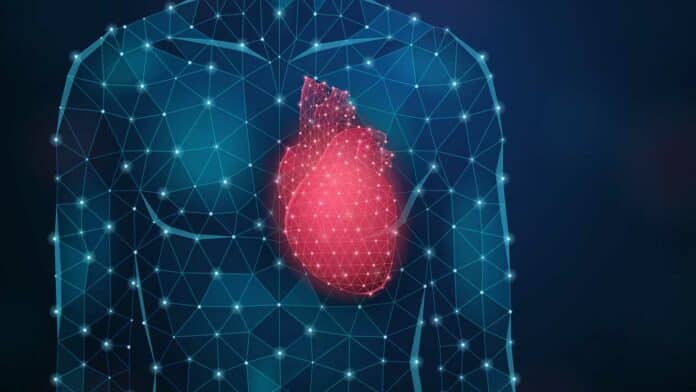Checking your heart rate is easy with smartwatches, but understanding the cells behind it is more challenging. Dr. Joseph Wu from Stanford has created a new model using stem cells to study heart issues, especially Tachycardia. This disorder makes the heart beat too fast, potentially causing problems even in people with healthy hearts.
Postdoctoral scholar Chengyi Tu, PhD, who helped lead the work, said, “Tachycardia is probably more common than we think. It’s believed to be underdiagnosed because an increase in heart rate is quite common in different types of heart diseases, and it gets masked.”
Wu, the Simon H. Stertzer, MD, Professor, the study’s senior author, said, “Modeling tachycardia-induced cardiomyopathy with human stem cell-derived heart tissues allows us to understand better the impact of fast heart rates on our bodies.”
Growing heart cells in a lab is challenging because they tend to lose their function and stop beating. Dr. Wu and his team engineered over 400 heart tissue samples from stem cells to study heart cells, taking more than four years. Unlike simply culturing cells, this process involves creating 3D tissues, making it a lengthy but crucial endeavor for understanding how heart cells work.
Researchers used a wired chamber to stimulate cells electrically and induce Tachycardia, a condition where the heart beats too fast. Over ten days, they observed a decline in cell function, but once the stimulation stopped, the cells fully recovered in five days. In another experiment, supplementing the tissues with NAD led to even faster recovery.
The findings mirrored what is known about tachycardia-induced cardiomyopathy, showing that the heart’s function is primarily reversible when the heart rate returns to normal. The team validated their results by comparing engineered heart tissues with human and canine data.
Tachycardia, or a fast heart rate, can make it difficult for the heart to pump blood properly, leading to issues if it persists. In severe cases, prolonged Tachycardia reduces the oxygen supply to the heart and body. Typically, the heart uses fat for energy, but without enough oxygen, it switches to sugar, causing metabolic rewiring.
This switch, along with low oxygen, reduces a crucial chemical duo, NAD/NADH, impacting the function of the SERCA protein in heart tissue. Adjusting NAD levels acts like controlling a car’s gas and brake pedals, affecting the strength of the heartbeat in engineered heart tissues.
Providing patients with NAD through a readily available supplement or IV injection is seen as a way to rebalance chemicals and speed up recovery. This approach, alongside a potential new supplement for tachycardia recovery, underscores the importance of innovative disease modeling methods.
The recent FDA Modernization Act 2.0, signed by President Joe Biden, eliminated animal testing before human drug trials, emphasizing the need for non-animal models like the one used in this study to explore and test potential treatments for complex cardiac conditions.
Journal reference:
- Tu, C., Caudal, A., Liu, Y. et al. Tachycardia-induced metabolic rewiring as a driver of contractile dysfunction. Nature Biomedical Engineering. DOI: 10.1038/s41551-023-01134-x.
